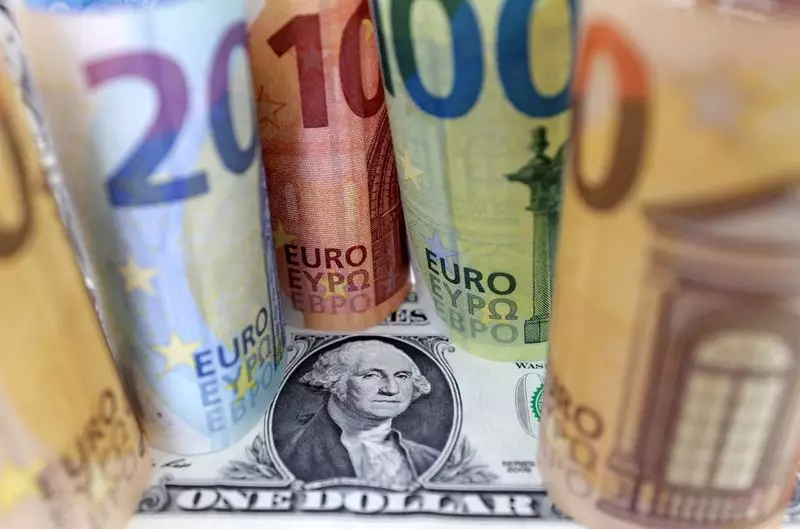Finance leaders of the Group of Seven (G7) advanced nations recently met in Stresa, Italy, where they reaffirmed their commitment to warn against excessively volatile currency moves. This language, seen as a green light by Japan to intervene in the market to prevent rapid falls in the yen, has garnered attention and sparked discussions among policymakers and analysts.
Japan’s top currency diplomat, Masato Kanda, made it clear that Tokyo was prepared to step into the market “any time” to counter speculative yen moves that could harm the economy. The country has been vocal about the need for stability in the currency market and has pointed to the G7’s previous language on exchange-rate commitments to justify its interventions.
The G7 ministers reaffirmed their exchange rate commitments made in May 2017, signaling a consistent stance on the issue. This move was seen as a positive development for markets, providing reassurance amid concerns about excessive currency volatility. However, the effectiveness of such statements in curbing market speculation remains uncertain.
Despite the G7’s reaffirmation of their stance on exchange rates, there are doubts about whether further interventions by Japan will be tolerated by other member countries. U.S. Treasury Secretary Janet Yellen emphasized the need for caution, stating that currency interventions should not be a routine tool and should only be used sparingly and with clear communication.
The finance leaders’ communique highlighted the potential adverse implications of excess volatility and disorderly movements in exchange rates on economic and financial stability. While market-determined exchange rates are preferred, the statement also stressed the importance of close consultation among member countries regarding actions in foreign exchange markets.
The yen has faced significant pressure against the dollar this year, dropping by 11%. This decline has been fueled by expectations of the U.S. Federal Reserve’s approach to interest rates, creating a divergence with Japan’s ultra-low rates. The weakening yen has raised concerns among policymakers due to its impact on consumption and import costs.
The debate over currency interventions and their impact on global markets continues to evolve. While the G7’s reaffirmation of their stance on exchange rates provides some clarity, questions remain about the effectiveness and implications of such interventions. As market dynamics and economic conditions shift, policymakers will need to navigate the delicate balance between stability and market forces to ensure sustainable growth and stability.


Leave a Reply